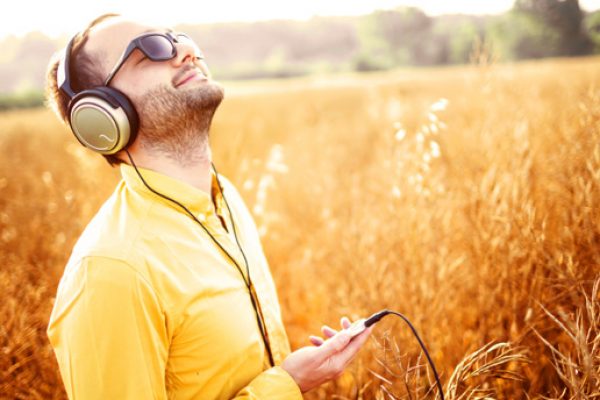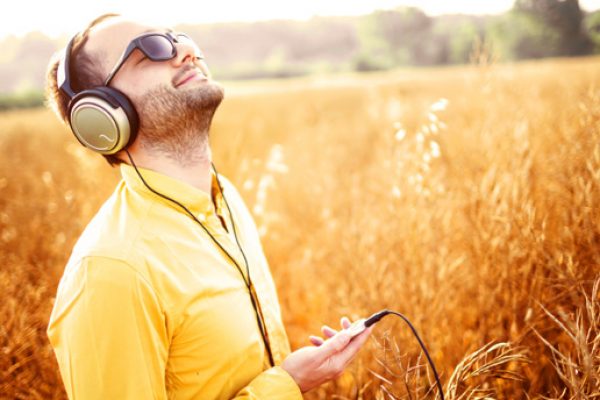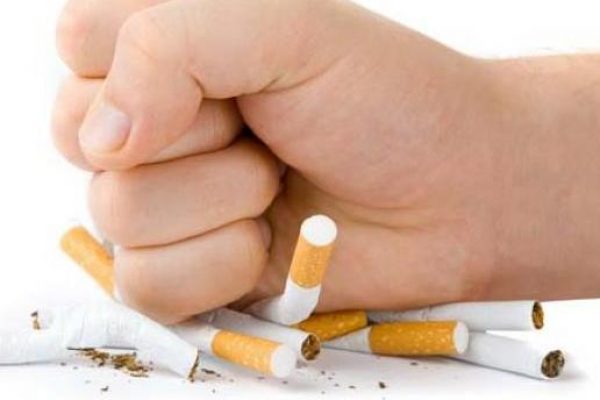Everyone knows that smoking whilst pregnant is bad for both baby and mother, but many couples hoping to start a family overlook the fact that smoking can adversely affect male fertility too.
Studies have shown that smoking causes a decrease in the quality of semen. Sperm concentration, that is the number of sperm present in a measured quantity of semen, is reduced by up to 23% in men who smoke. The motility of the sperm, i.e. its ability to swim, is also compromised with a 13% decrease. If the sperm are unable to swim strongly enough to reach the egg, fertilisation may not take place. Sperm morphology, the actual shape of the individual sperm, is also affected. This also interferes with effective swimming and can cause problems with fertilisation should the sperm manage to reach the egg at all. It has also been shown that male smokers experience abnormal hormone levels which will cause problems with fertility.
Poor sperm quality and hormonal imbalances may not cause infertility in all men, but for those whose sperm count is already poor these additional negative factors may be enough to render them infertile.
Research into the effect of male smoking on successful IVF treatment shows that smoking dramatically reduces the success rate of IVF treatment. Given the cost of multiple cycles of fertility treatments, it would be well worth giving up smoking before you embark on this route if you and your lady want to start a family any time soon.
Even if you're not at the stage where you want to father a child, smoking can have a seriously detrimental effect on your ability to even practice! Young men who smoke run a high risk of becoming impotent, depending upon their daily consumption of tobacco and the length of time they have smoked. Smokers are statistically twice as likely to suffer from erectile dysfunction as non-smokers.
Smoking causes hardening and narrowing of the arteries. As the heart becomes affected, it becomes less efficient and less able to maintain a good level of blood pressure to the extremities. To make matters worse, the blood vessels supplying the penis become narrowed. The end result is an inability for the affected individual to achieve and maintain an erection. Impotence in male smokers is extremely difficult to treat.
Luckily, it's not too late. Studies show that quitting smoking sooner rather than later will prevent long term impotency problems in young men and even those who have a longer term smoking habit will suffer less irreversible complications and will respond better to medication.
So, come on guys; if ever there was a really great incentive to quit this surely has to be it! Good luck!











